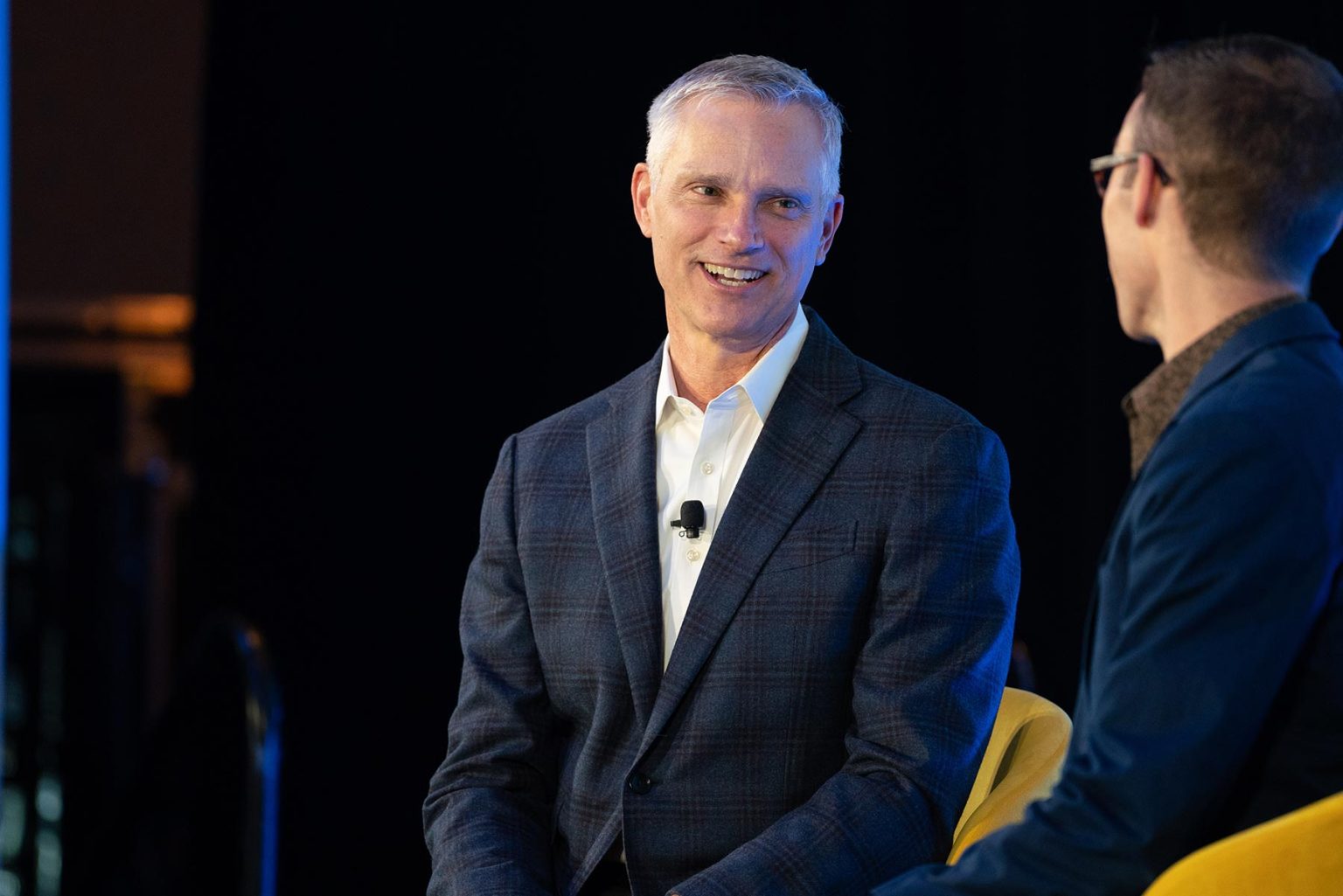Summarize this content to 2000 words in 6 paragraphs
Skift Take
American reintroduced its fares to the channels where travel agencies want to book them, and Isom acknowledged their absence was their biggest “pain point.” The airline, too, will be feeling pain for some time.
Dennis Schaal
American Airlines CEO Robert Isom outlined numerous steps the airline is taking to “course correct” after abandoning a direct distribution strategy it embarked on in 2023.
The airline could take a $1.5 billion revenue hit this year because of the policy’s ongoing effects.
“I’ll just be frank,” Isom said in answer to an analyst’s question during the airline’s second quarter earnings call Thursday. “We overindexed on direct, and we’ve got to find a way to get — to play in the richer pool of indirect revenue. And that starts with having content, having relationships — positive relationships with travel management companies and agencies and then supporting our corporate customers in the ways that they feel valued.”
Direct bookings are when customers book without a middleman through AA.com, which was a focus of its previous strategy.
Under the distribution policy that got tossed, clients would only have access to the airline’s most robust content, including Main Cabin Extra and preferred seats, if they used American’s New Distribution Capability tech and were designated as preferred agencies.
But most travel management companies, corporations and leisure travel agencies prefer indirect bookings, and go through the big global distribution systems like Sabre, Amadeus and Travelport.
The airline was punishing travel agencies who weren’t booking directly by withholding content, and the airline reversed the policy in May.
“I want to first acknowledge that our current revenue performance is not where we want it to be,” Isom said. “In May, we made a sizable adjustment to our revenue and earnings expectations for the second quarter, driven by an imbalance in domestic supply and demand and our prior sales and distribution strategy. We know we can do better, and we will rise to meet this challenge.”
Plans to ‘Course Correct’
To renew ties with corporate and leisure travel agencies, the airline changed the leadership of its commercial organization, and appointed Vice Chair Stephen Johnson to lead it.
In June, Isom added, American reinstated fares in the indirect channel used by travel management companies, corporations and leisure travel agencies.
“This action ensures our product is available wherever customers want to buy it and removes” the most significant “pain point” in the airline’s previous distribution strategy, he said.
The airline also embarked on renegotiating incentive agreements with travel management company partners, including American Express Global Business Travel. These agreements typically furnish financial incentives to these business travel agencies in exchange for them meeting certain performance quotas.
The talks are ongoing, Isom said.
Isom said American also expanded its Advantage Business program so that companies can earn miles and flyers can accrue loyalty points regardless of whether they book directly on AA.com or through travel agencies. Previously, American threatened to forego handing out loyalty points unless travelers booked through “preferred” agencies that were using the airline’s NDC technology.
“Our near-term actions are concentrated on winning back customers … [and] our share of revenue in agency and business channels,” he said.
Isom explained what he sees as the lingering revenue impact this year from the airline’s falling out with business travel and travel agency customers.
“We think that it’s had about three-quarters of billion dollars impact in the first six months of the year, and we’ve more or less assumed that is going to be what happens in the back half,” he said. “But I’ll say this, though: It doesn’t take into account what we’re going to be doing to try to win back our share.”
OneWorld Partners Also Had Misgivings
It wasn’t just travel management companies, corporations and travel agencies that rebelled against American’s distribution strategy. The airline’s OneWorld partners, including British Airways, and other airline partners were also giving American Airlines heat.
“In the case of BA, we have decades-long business with them as a joint business across the Atlantic,” Isom said. “And I know that they are incredibly interested in us getting back on track.”
He said OneWorld partners provided American with the same sort of advice that American was hearing from its customers.
“They want us back and available in every place that we can be sold,” Isom said. “They want to participate in a richer mix of business. They want to certainly be attentive to the way our product is sold in the U.S.”
Isom also said the airline is adding sales and support teams dedicated to dealing with corporate and agency customers.
“I’m confident we’ll regain the standing in the agency and corporate channel,” Isom said. “And that, combined with our direct distribution strength, will put us back on track to producing revenues that will meet and exceed our long-term financial targets.”


